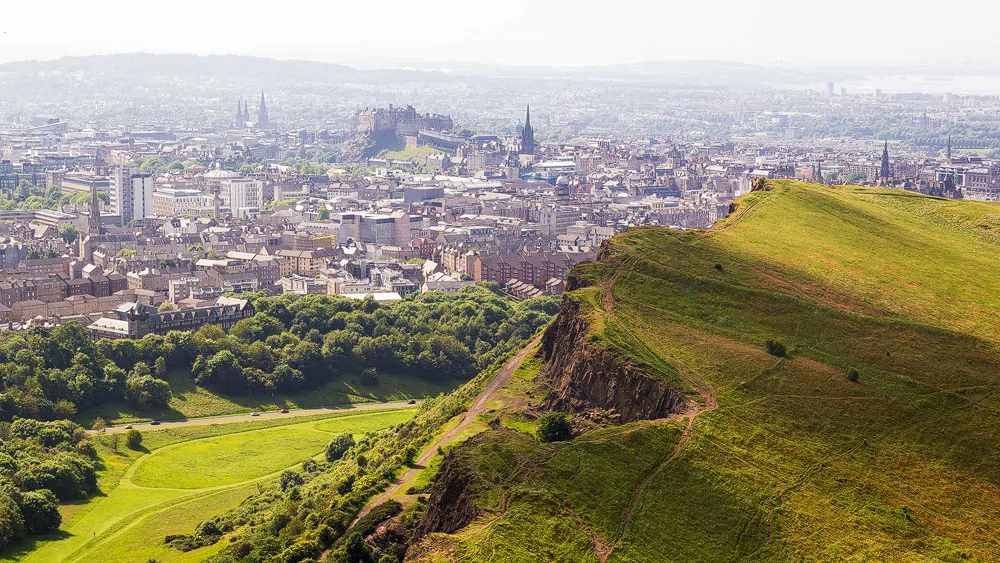
Introduction
Arthur’s Seat, an extinct volcano situated in Holyrood Park, Edinburgh, is a striking natural landmark that attracts thousands of visitors each year. Revered for its stunning panoramic views and rich history, it serves as an essential outdoor destination in Scotland’s capital. Given the ongoing interest in outdoor activities and nature-based pursuits, Arthur’s Seat remains a vital attraction for both tourists and locals alike.
Historical Significance
The history of Arthur’s Seat can be traced back over 350 million years, originating from volcanic activity. The site is steeped in mythology, with various legends suggesting that it was named after a legendary king, Arthur, possibly linking it to the tales of the famous King Arthur. Archaeological findings have revealed the presence of ancient fortifications and settlements on the hill, highlighting its significance as a strategic location throughout history.
The Climb and the View
The climb to the summit of Arthur’s Seat, standing at 251 metres, is relatively accessible, making it popular among families and hiking enthusiasts. The well-maintained paths lead visitors through picturesque landscapes filled with native flora and fauna. As climbers reach the top, they are rewarded with breathtaking views encompassing Edinburgh, the Firth of Forth, and the surrounding countryside. Many hikers set out early in the morning or during sunset to experience these stunning vistas, turning their journey into an unforgettable memory.
Environmental Importance
Arthur’s Seat is not only a popular recreational site, but it also plays a crucial role in local biodiversity. Holyrood Park, where the hill is located, is home to a variety of habitats and wildlife, including various bird species and plants native to Scotland. Conservation efforts are in place to protect this valuable ecosystem and ensure that future generations can enjoy its beauty.
Conclusion
Arthur’s Seat is more than just a climb; it is a symbol of Edinburgh’s natural beauty, history, and cultural heritage. As the world continues to appreciate the significance of outdoor spaces to mental and physical well-being, it is likely that Arthur’s Seat will remain a cherished location for visitors and residents alike. Whether for recreation, reflection, or exploration, Arthur’s Seat offers a rich experience that resonates with many. As urban developments progress, the importance of preserving such natural landmarks will be essential for sustaining the environmental and historical richness that they embody.
You may also like

The Fascinating World of Eagles

Exploring the Wonders of Isla Cangrejo in Tenerife
